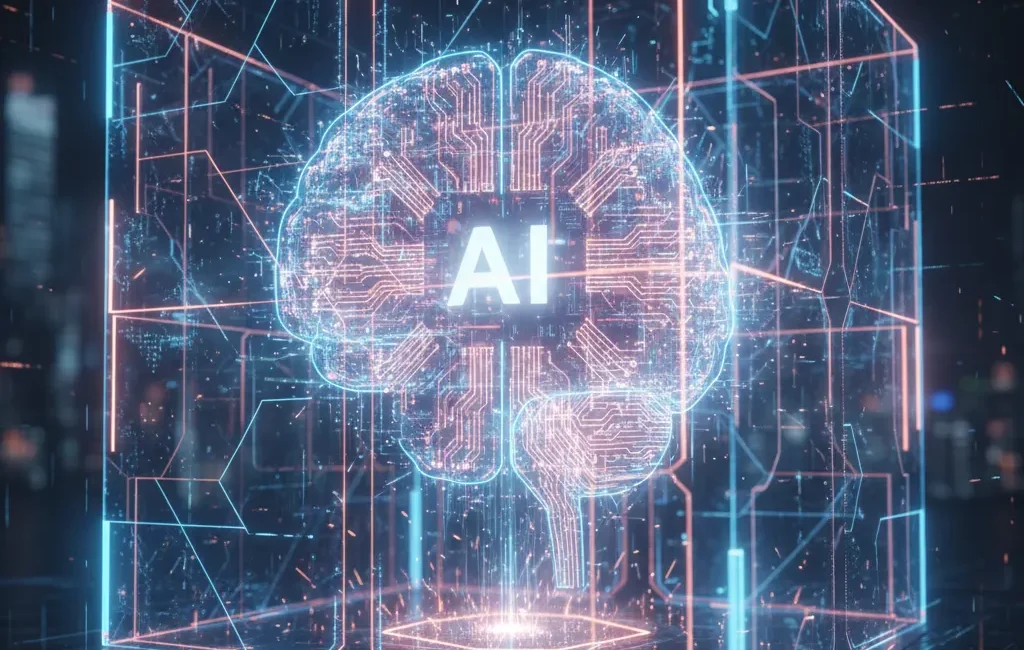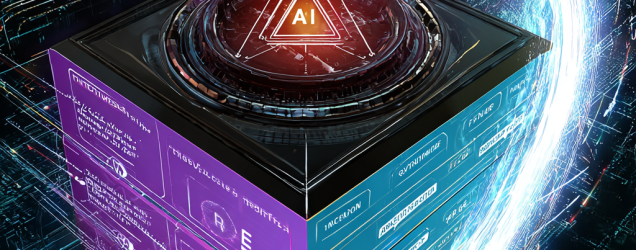
As generative AI transforms how businesses operate, the excitement around its capabilities often overshadows a critical reality: deploying AI systems without proper guardrails is like driving a Formula 1 car without brakes. You might go fast, but you’re unlikely to reach your destination safely.
Having implemented AI solutions across enterprise environments, I’ve identified four essential categories of guardrails that separate successful AI deployments from costly failures. These guardrails aren’t just technical safeguards — they’re strategic frameworks that enable organizations to harness AI’s power while maintaining control, quality, and trust.
The Four Pillars of GenAI Guardrails
There are four pillars of GenAI Guardrails:
- Cost: Controlling the Economics of AI
- Quality: Ensuring Output Excellence
- Security: Protecting Against AI-Specific Risks
- Operational: Maintaining System Reliability
Cost Guardrails: Controlling the Economics of AI
Cost guardrails prevent AI systems from becoming budget black holes. Without proper controls, AI applications can quickly spiral into six-figure monthly bills that catch finance teams off guard.
Why Cost Guardrails Matter:
- AI inference costs can be unpredictable and scale rapidly
- Token consumption often exceeds initial estimates by 300–500%
- Without controls, a single runaway process can consume an entire quarterly budget
Essential Cost Guardrails:
- Token Budget Management: Controls context length and prevents runaway consumption
- Response Caching: Eliminates redundant processing for similar queries (40–70% cost reduction potential)
- Right-sized Model Selection: Matches model complexity to task requirements
- Batch Processing: Aggregates requests for non-real-time applications
- Vector Store Optimization: Reduces storage costs through efficient indexing and data pruning
Think of cost guardrails as your AI system’s financial governor — they ensure performance while keeping expenses predictable and justified.
Want to learn more about the costs of LLM use? Check out our LLM calculator: https://llmeconomics.genzeon.com/
Quality Guardrails: Ensuring Output Excellence
Quality guardrails maintain the reliability and accuracy of AI outputs. They’re the difference between an AI assistant that enhances productivity and one that creates more work through poor responses.
Why Quality Guardrails Are Critical:
- User trust erodes quickly with inconsistent or inaccurate outputs
- Poor quality responses can cascade into business decisions
- Without quality controls, AI systems become liability rather than assets
Essential Quality Guardrails:
- Hallucination Detection: Identifies outputs not grounded in evidence
- Bias Detection: Prevents discriminatory content across demographics
- Summary Faithfulness Validation: Ensures summaries accurately reflect source material
- Model Monitoring: Tracks performance degradation in real-time
- Confidence Thresholding: Routes uncertain responses for human review
Quality guardrails act like an editorial board for your AI system, ensuring every output meets your organization’s standards before reaching users.
Security Guardrails: Protecting Against AI-Specific Risks
Security guardrails address unique vulnerabilities that emerge with AI systems — threats that traditional cybersecurity frameworks weren’t designed to handle.
Why AI Security Requires Special Attention:
- AI systems introduce novel attack vectors like prompt injection
- Models can inadvertently leak training data or sensitive information
- Traditional security tools often miss AI-specific vulnerabilities
Critical Security Measures:
- Prompt Injection Detection: Identifies malicious attempts to manipulate AI behavior
- Data Leakage Detection: Prevents exposure of sensitive training information
- PII Redaction: Automatically removes personal information before storage or display
- Output Moderation: Filters inappropriate or harmful content
- Source Attribution Enforcement: Maintains traceability and enables fact-checking
Security guardrails function as your AI system’s immune system, identifying and neutralizing threats that could compromise data, users, or business operations.
Operational Guardrails: Maintaining System Reliability
Operational guardrails ensure AI systems remain stable, traceable, and maintainable as they scale across enterprise environments.
Why Operational Excellence Matters:
- AI systems are complex distributed systems that require specialized monitoring
- Without proper observability, troubleshooting becomes nearly impossible
- Operational failures can undermine business confidence in AI initiatives
Core Operational Controls:
- Workflow Tracing: End-to-end visibility into complex AI workflows, enabling rapid troubleshooting and optimization
- Asset Traceability: Complete tracking of model lineage, data provenance, and deployment history for audit and compliance requirements
- Performance Metrics Collection: Comprehensive monitoring infrastructure that tracks latency, throughput, and resource utilization across all system components
- Error Classification: Detailed categorization of failures with standardized formats that enable targeted fixes and prevent recurring issues
Operational guardrails serve as your mission control center, providing the visibility and control needed to maintain high-performance AI systems at enterprise scale.
The Strategic Imperative
These four pillar categories aren’t independent — they work together to create a comprehensive protection framework. Cost controls without quality measures lead to penny-wise, pound-foolish systems. Security without operational visibility creates blind spots. Quality without cost management results in unsustainable solutions.
Successful AI implementations recognize that guardrails aren’t limitations — they’re enablers. They provide the confidence and control that allow organizations to deploy AI systems boldly while maintaining the trust of users, regulators, and stakeholders.
The organizations winning with AI aren’t those with the most advanced models — they’re those with the most sophisticated guardrail frameworks. As AI becomes increasingly central to business operations, these protective measures will separate the leaders from the cautionary tales.
The question isn’t whether you need guardrails for your AI systems. The question is whether you’ll implement them proactively or learn their importance through costly experience.


